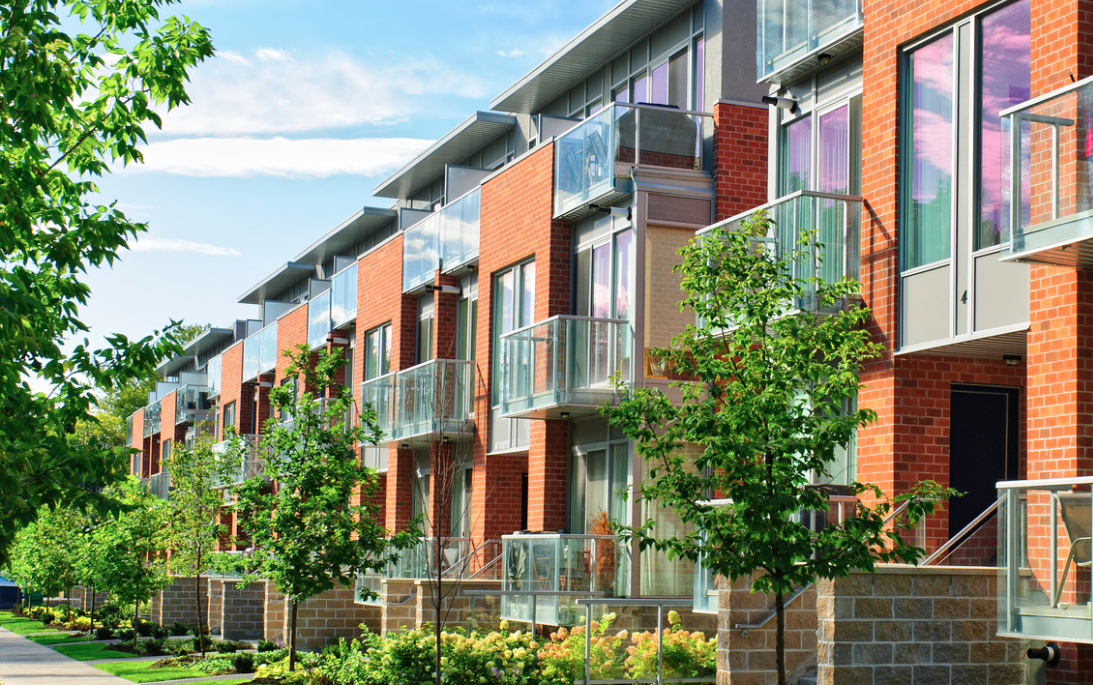The issue of sustainability is a prevalent topic across many industries, with the private rented sector no exception. In particular, the implementation of changes that deliver ecological benefit and energy efficiency are high on the agenda for many private landlords.
The introduction of the Minimum Energy Efficiency Standards (MEES) in 2018 creates a requirement for building owners to ensure EPC ratings of E or above unless exempted. This has created a mammoth task for landlords. Although the Government has axed their proposed tightening of the MEES rules, which was set to raise minimum EPC ratings from E to C for new tenancies in 2025 and existing tenancies in 2028, uncertainty in the residential property market is increasing.
As residential property managers our advice to clients is to use this time wisely; reviewing their portfolios and considering cost-effective ways in which to improve the sustainability and energy efficiency of their portfolios.
According to the English Housing Survey 2022, only 47% of homes in the UK currently achieve an energy efficiency rating of band C, albeit making property improvements with tenants in situ can sometimes be challenging. This is why we are now in discussions with our landlord clients about including energy efficiency improvements as part of refurbishment projects undertaken during void periods. It is believed that one quarter of heat is lost through the roof of a property which is not insulated, and in our experience loft insulation is usually one of the first recommended improvements made on an EPC. Ensuring that the loft has sufficient insulation will significantly reduce heat loss and heating bills. As it is only a matter of time until tighter regulations finally come into force, we encourage landlords to stay ahead of the game as we are likely to see supply and demand issues resulting in increased costs and busy contractors, as was the case when the MEES Regulations were introduced 6 years ago.
Whilst taking the initiative to increase energy efficiency in rented property prior to the introduction of any new legalisation will be beneficial to both landlords and tenants, being a sustainable landlord goes beyond EPCs. Typically placed low on the list of priorities during a refurbishment project is the garden. Tenants are usually responsible for maintaining the garden throughout the duration of their tenancy so landlords are advised to design low maintenance outdoor spaces. By considering the materials that are used a garden can be an asset rather than a burden and something that sets the property apart – achieving a sustainable rental premium whilst also being environmentally friendly.
Whilst some landlords choose to lay astro-turf, often deemed more convenient and easier to manage in rented property, it leaves a significant carbon footprint as fragments find their way into the sub-soil. Artificial grass has a negative impact on birds who rely on grass to feed and a range of habitats for insects are destroyed. Paving is also a popular choice for landlords but impermeable slabs cannot absorb water during heavy rainfall which can lead to flooding and drainage problems, and if left to permeate the building can result in bigger issues such as damp inside the property. Landlords should instead opt for good quality turf and pair this with low maintenance shrubs and wood chipping flowerbeds.
With the summer months approaching, now may be a good time to consider the options available to promote ESG biodiversity across gardens within the Private Rented Sector.
The benefits of this could be far reaching. Not only for the environment, but through a positive impact on a tenant’s well-being gained from a pleasant outside space to enjoy, and in turn encouraging long-term tenants who trust that their landlord has their best interests in mind whilst contributing to a more sustainable sector.
For more information on this subject, and to discuss how to maximise the value in your PRS portfolio, contact Eleanor Welch.

